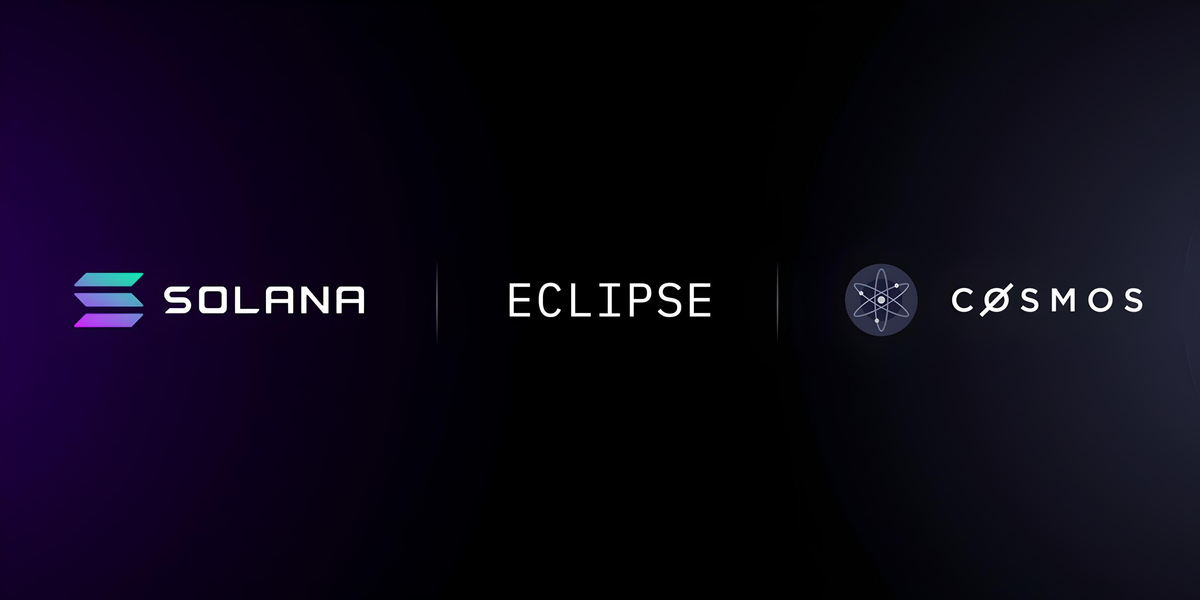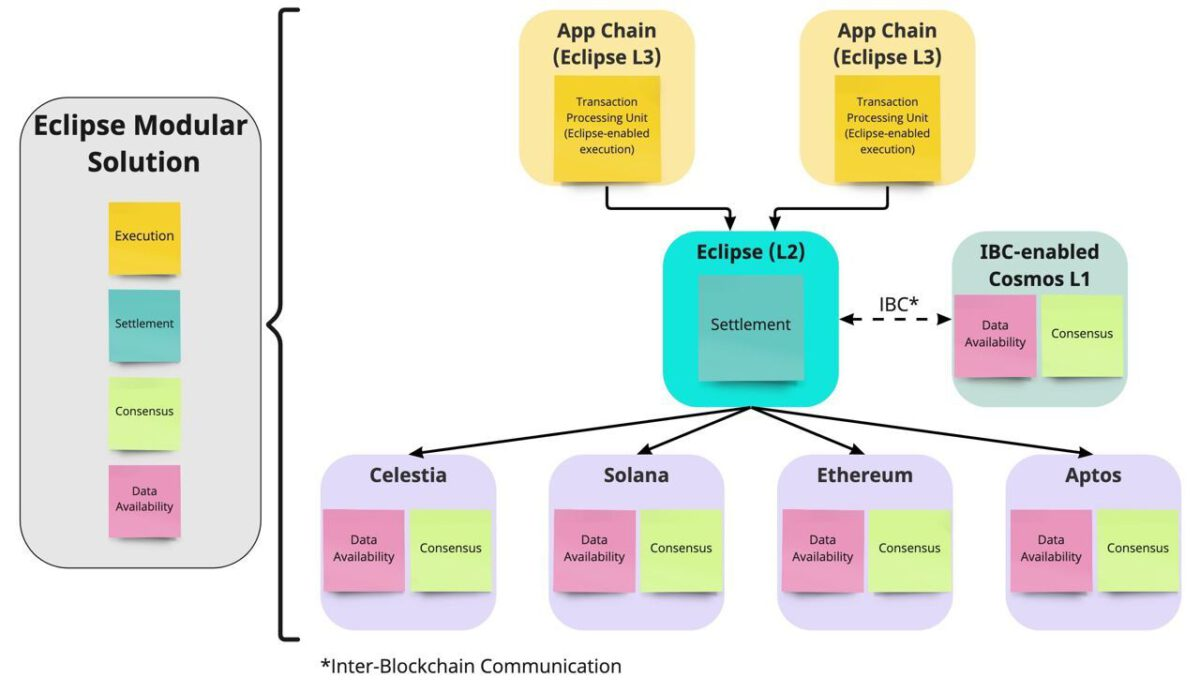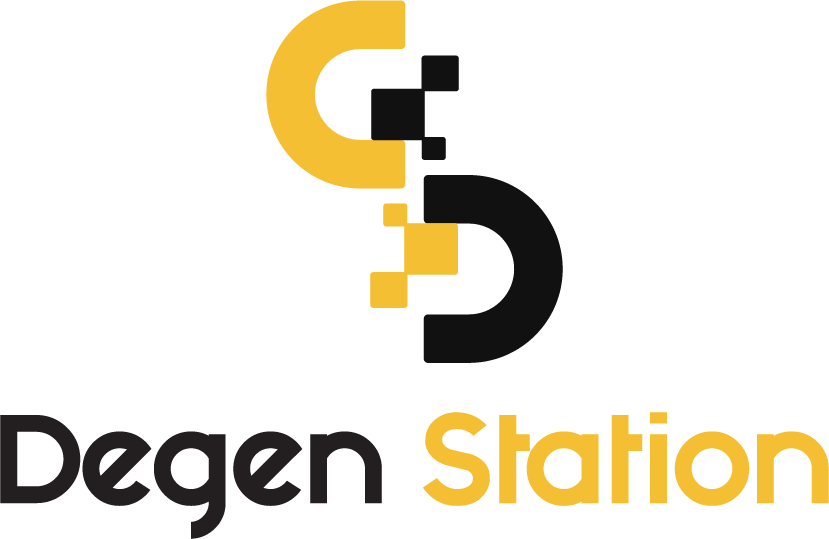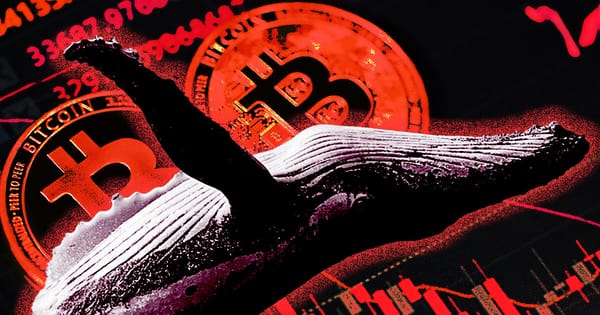Exploring Eclipse: The Future of Rollups Compatible with the Solana Virtual Machine

Recently, the Eclipse infrastructure project completed a $9 million seed funding round led by Tribe Capital and Tabiya, bringing the total raised to $15 million following an earlier $6 million pre-seed round. This funding marks a significant step forward for blockchain projects built on the Solana Virtual Machine (SVM).

The competition over transaction speed and fees among Layer 1 blockchain platforms remains relentless. Even as projects strive to meet these goals, the trade-off with scalability persists, making it challenging for even the fastest transaction processing blockchains to meet the performance standards required by web2 applications.
Understanding this challenge, Eclipse offers developers the tools needed to build rollups compatible with the Solana Virtual Machine on other Layer 1 blockchains. These Layer 1 blockchains will handle security, data storage, and consensus mechanisms for the rollups, leveraging their existing strengths in speed, decentralization, and developer community to enhance transaction throughput.

Eclipse's Infrastructure Supports Rollup Development on Layer 1 Blockchains
(Image: Eclipse Labs)
Eclipse has formed partnerships with leading blockchain platforms including Polygon, Oasis Labs, NEAR, Eigen Layer, and Celestia. Moreover, over 50 protocols are poised for deployment on Eclipse, such as Zebec, Notifi, and Friktion.
The public testnet for Eclipse is slated to launch in early 2023. It will operate similarly to Optimism, with Eclipse running its own nodes without a settlement layer, which typically connects different operational infrastructures to complete transaction processing. This approach allows developers to leverage Eclipse’s infrastructure as soon as possible while the project team continues to refine the product.





